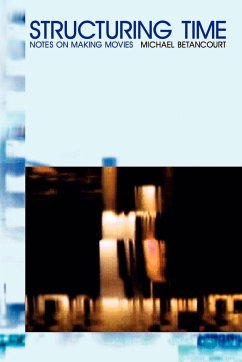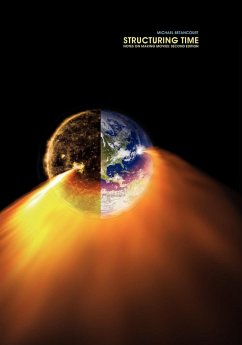A NEW KINETIC ART: This book presents a new approach to the conceptual basis of all visual art, and while it is about making movies -- the catch-all for video, film, computer graphics and anything else that may appear to move -- the thrust of this book is a radical redefinition of all visual media, including traditional standards like painting. The framework these notes propose is a way of thinking about visual art that eliminates all former media in favor of a division based on our ability to see movement or change in a work of art. While most movies change and move rapidly, this understanding is equally concerned with the very slow, or apparently immobile.
Hinweis: Dieser Artikel kann nur an eine deutsche Lieferadresse ausgeliefert werden.
Hinweis: Dieser Artikel kann nur an eine deutsche Lieferadresse ausgeliefert werden.








